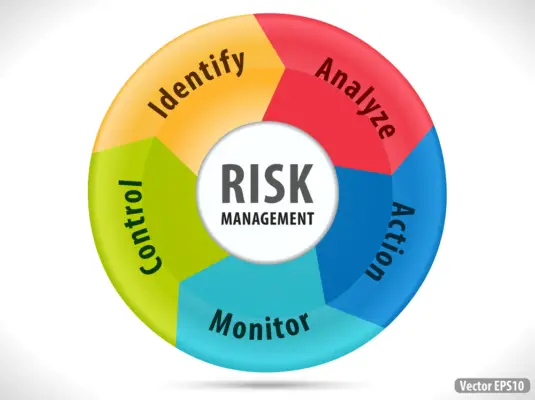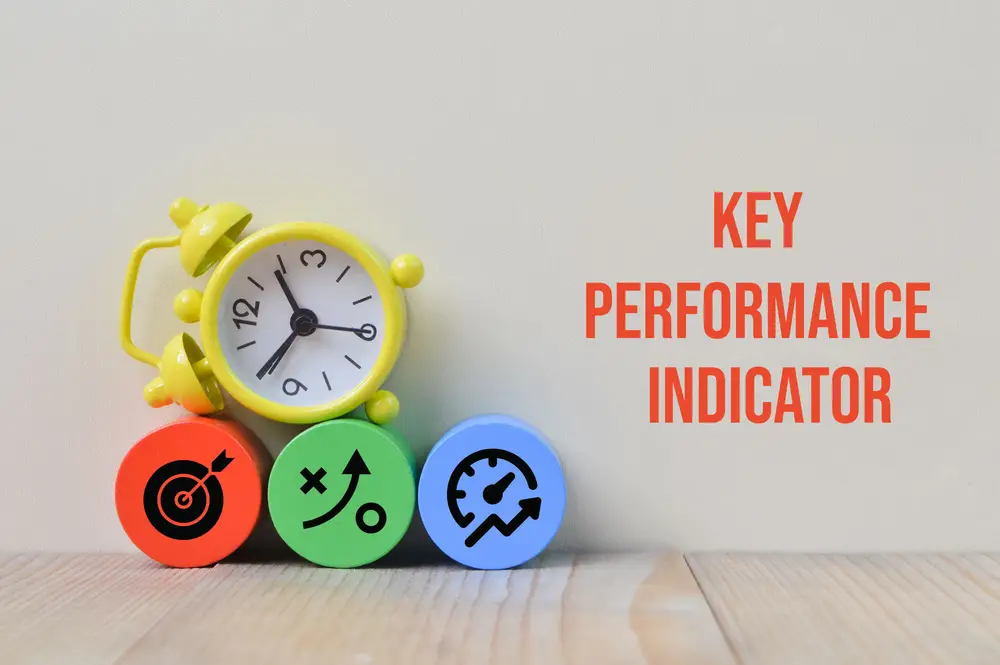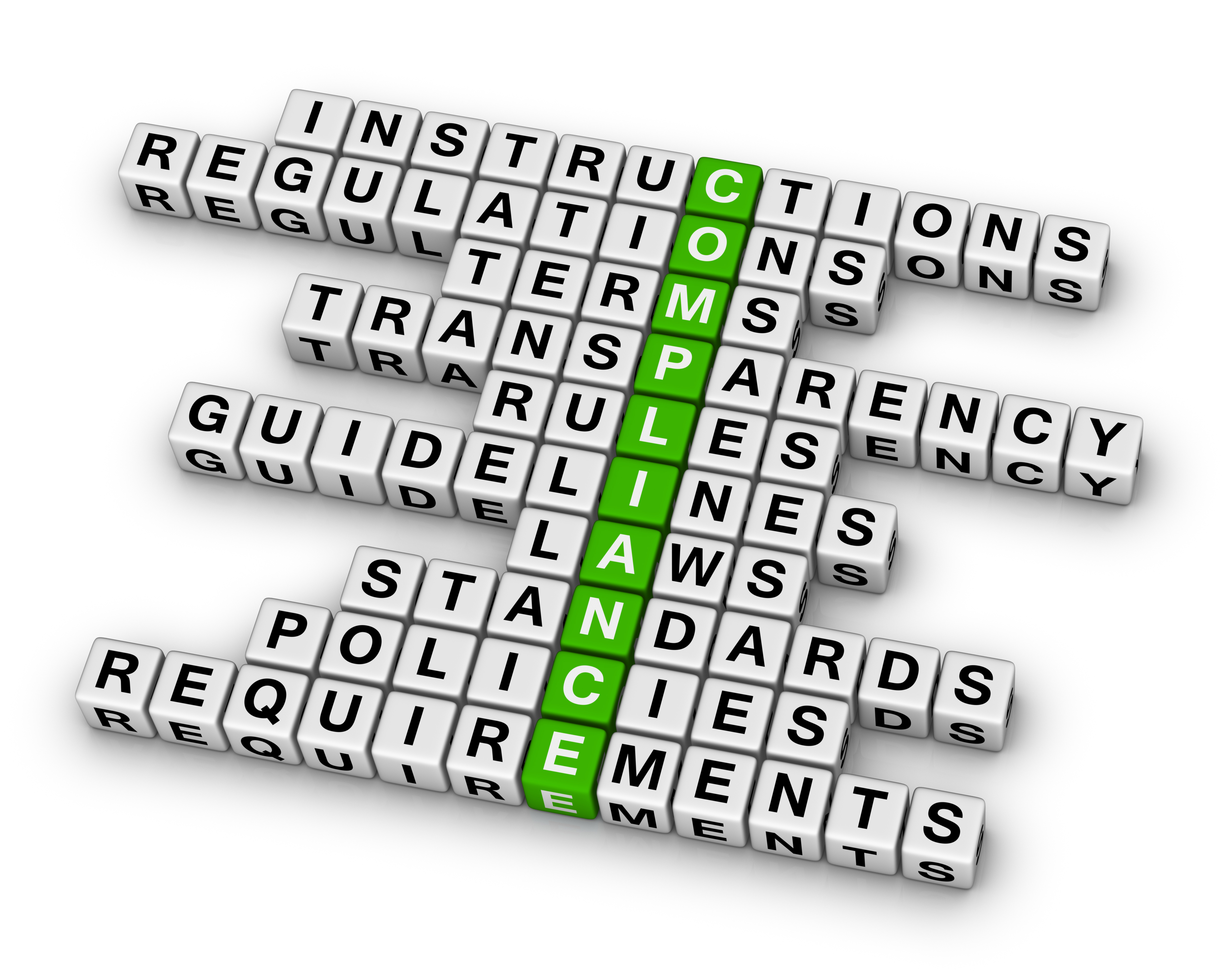Cross-trade is a type of financial transaction that occurs within the same broker-dealer firm, where the buyer and seller are clients of the same firm. Cross trades can be executed for various reasons, such as facilitating large block trades or transferring securities between different accounts held by the same company.
While cross trades may offer certain advantages, such as lower transaction costs and faster execution times, they raise concerns about conflicts of interest and market manipulation.
This article explores the concept of cross-trades in greater depth, providing an overview of their definition and explanation. It discusses the types of cross-trades and examines their benefits and risks.
Additionally, it examines regulatory frameworks surrounding cross-trades, including best practices for ensuring transparency and fairness in these transactions.
This article aims to provide insight into one of the key mechanisms used in modern financial markets by examining these issues in detail.

Definition and Explanation of Cross Trades
Cross trades in the stock market are usually executed when there is a mismatch between buyers and sellers for a particular security. In such cases, brokers may facilitate cross-trades between two clients interested in buying and selling that security at mutually agreed-upon prices.
This allows both parties to execute their trades without going through an exchange or facing the associated costs.
Cross trades in cryptocurrency operate on similar principles but with some key differences. Cryptocurrencies do not have centralized exchanges where trading occurs; instead, they are traded on multiple decentralized platforms simultaneously.
As a result, cross-trading cryptocurrencies involves matching buy and sell orders across different platforms, thereby creating liquidity for traders who would otherwise be unable to find counterparties at their desired prices.
However, given that cryptocurrencies are largely unregulated by authorities, it can be challenging to ensure transparency and fairness while executing cross-trades.
The crossing is common practice traders use in traditional financial markets and newer industries like cryptocurrencies. While it can help match buyers and sellers more efficiently than relying solely on exchanges or third-party intermediaries.
It raises concerns about transparency and conflicts of interest when executed within firms. Regulators typically require firms to disclose any instances of crossing so that investors can evaluate its potential impact on prices and execution quality.
Types of Cross Trades
There are two main types of cross trades: direct and indirect. Direct cross-trades occur when a broker executes an order between two clients without transmitting the information to the market, thereby avoiding transaction fees associated with public exchanges.
This type of trade is typically used when there is difficulty in finding a buyer or seller in the market at a reasonable price, and both parties agree on the terms set by the broker. Direct cross-trades offer benefits such as reduced transaction costs and faster execution times.
Indirect cross-trades involve three parties: two clients and one broker acting as an intermediary. In this type of trade, one client wants to buy securities while another wants to sell them; however, no direct match is available in the market.
The broker matches these orders internally with other orders from its clients or on behalf of other brokers. Indirect cross-trades may be executed through dark pools or alternative trading systems, which provide anonymity and reduce market impact. However, they can also raise concerns about conflicts of interest and fair pricing.
Direct and indirect cross-trades are distinct types of transactions that allow brokers to connect buyers and sellers who would otherwise have difficulty finding counterparties in the open market.
While direct cross-trades offer cost savings and quicker execution times for both parties involved, indirect ones may require more intermediaries but can benefit from increased privacy during execution. Nonetheless, transparency remains essential to ensure fairness for all participants involved in such transactions.
Benefits of Cross Trades
Cross trades offer various benefits for investors, including lower fees and faster execution times.
By avoiding intermediaries, cross trading reduces transaction costs and eliminates the need to pay commission fees to brokers.
Additionally, cross-trades provide increased privacy and control over the trade since they are executed directly between parties without involving a third-party intermediary.
Lower Fees and Faster Execution Times
Achieving lower fees and faster execution times is crucial to optimizing trading performance in today’s financial markets. As previously discussed, cross-trades can provide traders with significant benefits in this regard.
Cross-trades bypass traditional market channels by executing trades within the same firm or between related parties. This allows for reduced costs associated with brokerage fees and commissions and other transaction-related expenses such as exchange fees.
Moreover, cross-trades can also improve efficiency by reducing execution times. When executing trades through traditional market channels, orders are subject to delays that may be caused by factors such as order routing and processing time.
In contrast, cross-trades are typically executed more quickly since they do not require intermediaries to match buyers and sellers in the open market.
As a result, traders can capitalize on price discrepancies more efficiently while minimizing their exposure to potential price fluctuations during the execution process.

Increased Privacy and Control
In this type of transaction, two parties agree to trade securities directly, bypassing the need for a middleman. One of the key benefits of cross trading is increased privacy.
Since these transactions occur privately between two parties, no exchange is involved that could potentially collect data on the transaction. This can be particularly advantageous for large institutional investors who may not want their trading strategies known by competitors.
Additionally, cross trades can give traders greater control over their positions since they can negotiate prices directly with another party rather than relying on market orders or limit orders like in regular trades.
However, it’s important to note that while there are potential benefits to cross-trading, there are also risks associated with this type of transaction, such as lack of transparency and potential conflicts of interest.
Risks and Concerns of Cross Trades
Cross trades can provide several benefits to investors, such as lower transaction costs and streamlined trade execution. However, there are also risks and concerns associated with this practice that should not be overlooked.
Conflicts of interest may arise when a broker-dealer facilitates a cross-trade between two clients with competing interests, potentially harming one or both parties.
Additionally, insider trading and lack of transparency pose significant threats to the fairness and integrity of the market.
Conflicts of Interest
In finance, potential conflicts of interest may arise when a party’s personal interests diverge from those of their clients or investors. This can result in unethical behavior and negatively impact business operations.
In cross-trades, conflicts of interest can arise when a broker executes a trade between two clients without disclosing that they represent both parties. The potential for abuse is high because the broker has access to confidential information about both parties and could use this information to benefit one client over another.
Potential solutions to mitigate these risks include implementing policies and procedures requiring brokers to disclose any conflicts of interest before executing trades on behalf of clients.
Additionally, firms could implement internal controls such as monitoring trading activities to detect any irregularities or suspicious behavior that may indicate an attempt to manipulate prices or engage in insider trading.
Ethical considerations also play an essential role in preventing conflicts of interest by ensuring all employees are held accountable for their actions and adhere to strict ethical standards.
Insider Trading
Insider trading is a significant ethical concern in the finance industry, which involves using confidential information to gain an unfair advantage in the market. This practice poses potential risks for investors and undermines the integrity of financial markets.
Insider trading becomes illegal when individuals trade securities based on non-public information obtained through their position within a company or organization. It is considered a violation of securities laws and can lead to legal consequences such as fines, imprisonment, or both.
The ethical implications of insider trading are also significant, as it is seen as a breach of trust between insiders and outsiders.
Investors rely on public information to make informed decisions about buying or selling securities, and insider trading undermines this principle by giving some traders an unfair advantage.
Moreover, it creates an environment where those with access to privileged information can profit at the expense of other investors who do not have access to such information.
Therefore, preventing insider trading is crucial for maintaining the integrity of financial markets and ensuring fairness and transparency in investment practices.
Lack of Transparency
Transparency concerns arise when market participants are not provided with sufficient access to relevant information, which can result in distortions and inefficiencies.
For example, if certain market actors have privileged access to data or other resources, they may be able to manipulate prices or engage in insider trading activities that give them an unfair advantage.
Market manipulation is another issue that arises from a lack of transparency. When key players have access to private information or other undisclosed advantages, they may be tempted to use it for their own gain at the expense of others.
This can lead to distortions in pricing and allocation mechanisms and reduced confidence among investors who feel that the playing field is not level.
Overall, addressing transparency concerns is crucial for maintaining the integrity and efficiency of financial markets and ensuring that all investors can make informed decisions based on accurate and complete information.
Regulations and Best Practices for Cross Trades
Regulations and best practices for exchanging goods or services between two parties with a common intermediary have been established to ensure transparency, fairness, and accountability in the transactional process.
One such practice is cross-trade reporting which involves disclosing all details of the transaction, including the price paid and quantity exchanged, to relevant regulatory bodies. This helps prevent market manipulation by allowing regulators to scrutinize transactions for irregularities.
The reporting requirement also ensures that both parties receive fair value for their goods or services. Another best practice in cross-trades is maintaining segregation between client accounts.
This involves ensuring no conflicts of interest between clients when executing cross-trades. Segregation clarifies who owns what assets and prevents one client from being disadvantaged by another’s trading activities.
Additionally, firms should establish clear policies and procedures regarding cross-trades to promote consistency in execution across all departments. Regulatory authorities continue refining cross-trade regulations to improve transparency and increase investor protection.
These changes include mandating pre-trade disclosures on pricing information and improving post-trade reporting requirements.
Such measures aim to minimize potential risks associated with these types of transactions while promoting greater efficiency in markets where they occur. Adherence to best practices will help maintain trust in the financial markets among investors and regulators without sacrificing liquidity or other key benefits of cross-trading arrangements.

Frequently Asked Questions
What is the difference between a cross-trade and a regular trade?
In terms of execution, a regular trade involves two parties coming together to complete a transaction, whereas a cross trade involves one party acting as both buyer and seller. This can occur within one firm or across multiple firms.
Regulatory considerations are also different for cross-trades compared to regular trades. Cross-trades may be subject to additional regulations and scrutiny due to potential conflicts of interest or manipulation.
How are cross-trades executed and settled?
The first method involves matching the orders from two different clients who want to trade with each other without involving an intermediary.
Another method is to use a third-party broker to act as an intermediary between the two parties involved in the transaction.
Settlement procedures for cross-trades typically involve netting out the positions of both parties and settling the difference between them in cash or securities. In some cases, settlement may also involve delivery of physical assets or securities, depending on the terms agreed upon by both parties involved in the cross-trade.
Ultimately, the execution and settlement procedures for cross-trades vary depending on various factors such as market conditions, regulatory requirements, and client preferences.
Are cross-trades legal in all financial markets?
Cross trades can be useful for investors to execute trades within their own accounts or between two separate accounts they control. However, it is important to note that cross-trades are subject to specific regulations in various financial markets.
For instance, the US Securities and Exchange Commission (SEC) requires brokers to disclose information about cross-trades and obtain written consent from clients before executing such transactions. Additionally, there are potential risks associated with cross trading, including conflicts of interest and insider trading concerns.
As such, it is crucial for investors to carefully consider the regulatory requirements and potential risks when engaging in cross-trades.
Can individual investors participate in cross-trades?
Individual investors may participate in cross-trades, but regulations and risks must be considered.
Cross trades are transactions where a broker matches two clients’ orders to buy and sell the same security without going through an exchange. This type of trade can offer benefits such as lower transaction costs and faster execution times.
However, it also poses risks, such as potential conflicts of interest for brokers and a lack of transparency in pricing.
Regulations vary by jurisdiction but generally require brokers to disclose their involvement in cross-trades and obtain consent from both parties.
Investors should carefully consider these factors before participating in cross-trades to ensure they make informed decisions aligning with their investment goals and risk tolerance levels.
How do cross-trades impact market liquidity and price discovery?
Cross-trades can have a significant impact on market liquidity and price discovery.
On the one hand, they may contribute to market stability by enabling the execution of large block trades without disrupting the market. This is because cross-trades occur outside the public order book and do not affect the displayed bid-ask spread or order queues.
On the other hand, there are potential risks associated with cross-trades, such as reduced transparency and unequal access to information for market participants.
Additionally, if cross-trades become too prevalent or are used to manipulate prices, they could undermine fair competition and harm overall market integrity.
Therefore, regulators need to closely monitor cross-trading activities and ensure they do not pose undue risks to financial markets.

Conclusion
Cross trades are transactions where a broker executes an order to buy and sell securities for two clients. The practice is common in financial markets, especially among institutional investors who need to trade large volumes of assets.
Cross trades allow buyers and sellers to avoid market disruption caused by executing orders on public exchanges, which can lead to price distortions or unfavorable prices.
There are two types of cross trades: same-day crosses and pre-arranged crosses. Same-day crosses involve a simultaneous transaction between two parties, while pre-arranged crosses occur when the broker agrees with both parties on the terms of the transaction before execution.
Despite its benefits, cross trading raises concerns about conflicts of interest and fairness for all parties involved. Therefore, regulators have established rules and guidelines that brokers must follow when executing cross-trades.
Brokers must disclose all relevant information about the trade to both parties, ensure that prices are fair, and provide records of the transaction.
According to a report by Greenwich Associates, 41% of institutional investors said they use cross-trades as part of their trading strategies. This statistic highlights the importance of cross trading in financial markets and the growing demand for alternative means of executing large transactions efficiently.
As long as brokers follow best practices and comply with regulations, cross trading can offer significant advantages over traditional exchange-based transactions for buyers and sellers alike.

Chris Ekai is a Risk Management expert with over 10 years of experience in the field. He has a Master’s(MSc) degree in Risk Management from University of Portsmouth and is a CPA and Finance professional. He currently works as a Content Manager at Risk Publishing, writing about Enterprise Risk Management, Business Continuity Management and Project Management.
